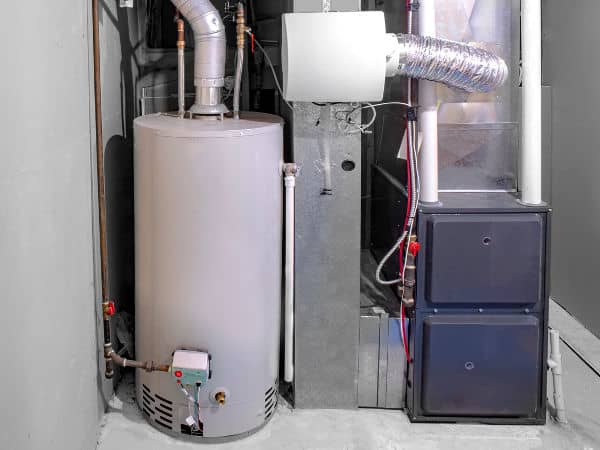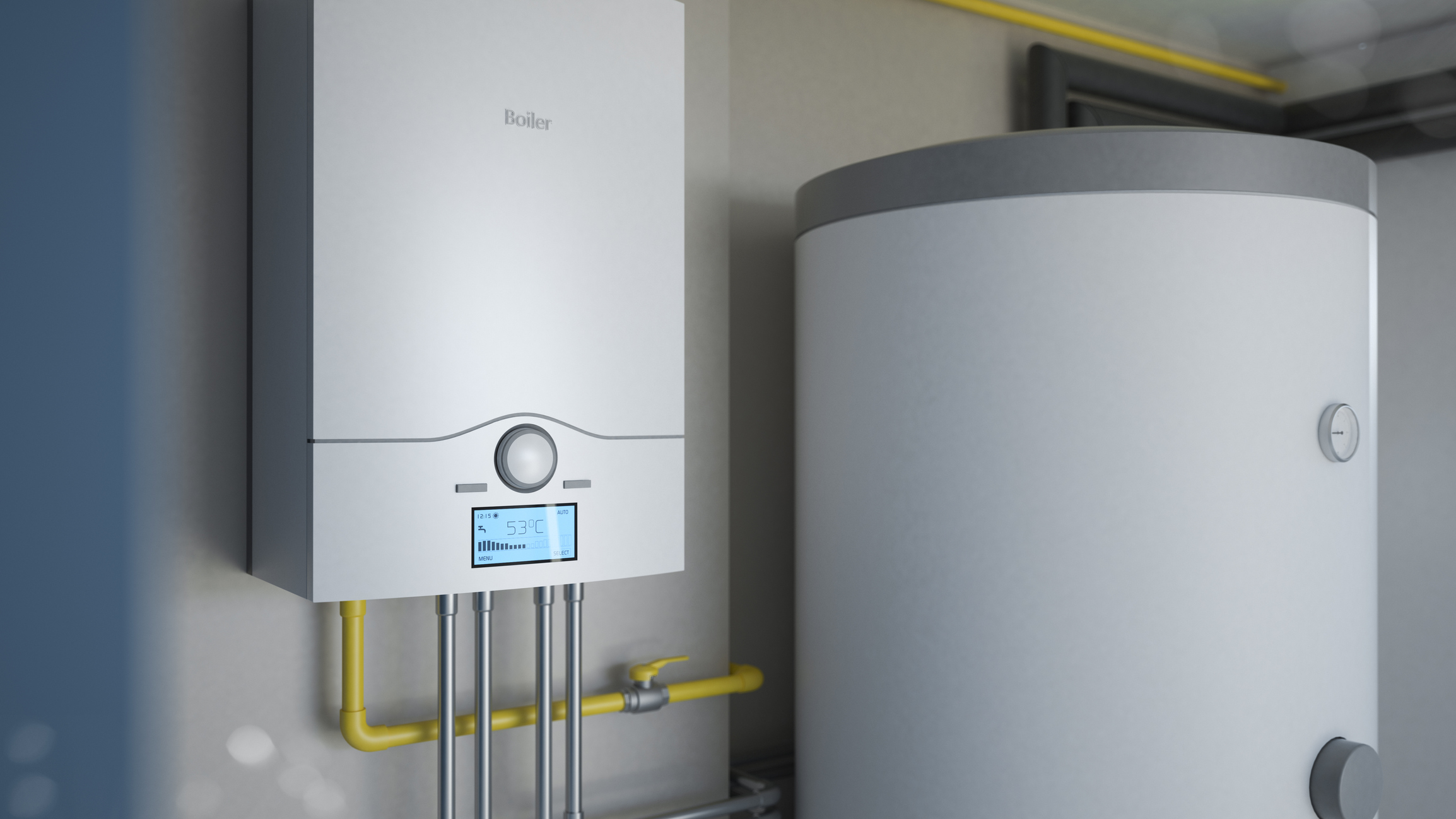Essential Care Techniques for Your Home's Hot Water SystemWays to Effectively Maintain Your Home's Hot Water System
Essential Care Techniques for Your Home's Hot Water SystemWays to Effectively Maintain Your Home's Hot Water System
Blog Article
This post down below relating to Water Heater Maintenance Tips You Can't Afford to Forget is incredibly captivating. You should see for yourself.

Warm water is vital for daily comfort, whether it's for a revitalizing shower or washing meals. To ensure your warm water system runs effectively and lasts longer, regular maintenance is vital. This short article provides sensible suggestions and insights on just how to maintain your home's warm water system to stay clear of interruptions and expensive repair services.
Introduction
Keeping your home's warm water system might appear complicated, but with a few simple actions, you can ensure it runs smoothly for years ahead. This guide covers every little thing from comprehending your hot water system to DIY maintenance pointers and understanding when to call expert help.
Value of Maintaining Your Warm Water System
Regular upkeep not only expands the life expectancy of your warm water system however additionally guarantees it operates effectively. Neglecting upkeep can cause reduced efficiency, greater energy costs, and also premature failing of the system.
Indications Your Hot Water System Demands Maintenance
Understanding when your hot water system needs focus can stop major concerns. Look out for indicators such as irregular water temperature, odd noises from the heating system, or rustic water.
Understanding Your Hot Water System
Before diving right into maintenance tasks, it's handy to recognize the basic parts of your hot water system. Commonly, this includes the hot water heater itself, pipes, anode poles, and temperature controls.
Month-to-month Maintenance Tasks
Normal monthly checks can assist capture minor concerns before they escalate.
Purging the Hot Water Heater
Flushing your water heater gets rid of sediment build-up, improving effectiveness and prolonging its life.
Checking and Changing Anode Rods
Anode rods stop corrosion inside the storage tank. Checking and replacing them when worn is essential.
Checking and Readjusting Temperature Level Settings
Adjusting the temperature settings makes sure optimum efficiency and safety.
DIY Tips for Maintenance
You can carry out a number of upkeep jobs on your own to keep your hot water system in top condition.
Looking for Leakages
Consistently inspect pipes and connections for leaks, as these can lead to water damage and higher bills.
Evaluating Pressure Relief Valves
Evaluating the pressure safety valve guarantees it works properly and stops too much stress build-up.
Shielding Pipelines
Protecting hot water pipes minimizes warmth loss and can save energy.
When to Call a Professional
While DIY upkeep is advantageous, some issues require professional competence.
Complicated Problems Calling For Specialist Aid
Instances include major leaks, electrical problems, or if your water heater is regularly underperforming.
Routine Expert Upkeep Benefits
Expert upkeep can consist of complete examinations, tune-ups, and making certain conformity with safety and security criteria.
Verdict
Normal upkeep of your home's warm water system is crucial for performance, long life, and price financial savings. By complying with these ideas and knowing when to seek expert help, you can ensure a dependable supply of warm water without unanticipated disturbances.
How to Maintain an Instant Hot Water Heater
Before tinkering with your hot water heater, make sure that it’s not powered on. You also have to turn off the main circuit breaker and shut off the main gas line to prevent accidents. Also turn off the water valves connected to your unit to prevent water from flowing into and out of the appliance. 2. When you’re done, you have to detach the purge valves’ caps. These look like the letter “T” and are situated on either side of the water valves. Doing so will release any pressure that has accumulated inside the valves while at the same time avoid hot water from shooting out and burning your skin. 3. When the purge valves’ caps are removed, you have to connect your hosing lines to the valves. Your unit should have come with three hoses but if it didn’t, you can purchase these things from any hardware or home repair shops. You can also get them from retail stores that sell water heating systems. Read the user’s manual and follow it to complete this task properly. When the hosing lines are connected, open the purge port’s valves. 4. You should never use harsh chemical cleaners or solutions when cleaning your unit. Make use of white vinegar instead. It should be undiluted and you’ll probably use about 2 gallons. 5. Now flush your water heater. This task should probably take about 40 minutes. We can’t give you specific directions for this because the procedure is carried out depending on the type, model and brand of your heater. With that being said, refer to the user’s manual. 6. When you’re done draining the unit, you have to turn off the purge port valves again. Remove the hosing lines that you earlier installed on each of the water valves. Put the valve caps (purge port) back in their respective places and be very careful so as not to damage the rubber discs that are found inside these caps. 7. Now that everything’s back in place, check your user’s manual again to find out how to reactivate your water heating system. 8. Once it is working, turn one of your hot water faucets on just to let air pass through the heater’s water supply pipes. Leave the tap on until water flows smoothly out of it. https://www.orrplumbing.com/blog/2014/september/how-to-maintain-an-instant-hot-water-heater/

We hope you enjoyed reading our excerpt about What Kind of Maintenance Do Water Heaters Need?. Thank you for taking time to read through our content. Sharing is caring. You just don't know, you may very well be doing someone a favor. We enjoy your readership.
Book Maintenance Report this page